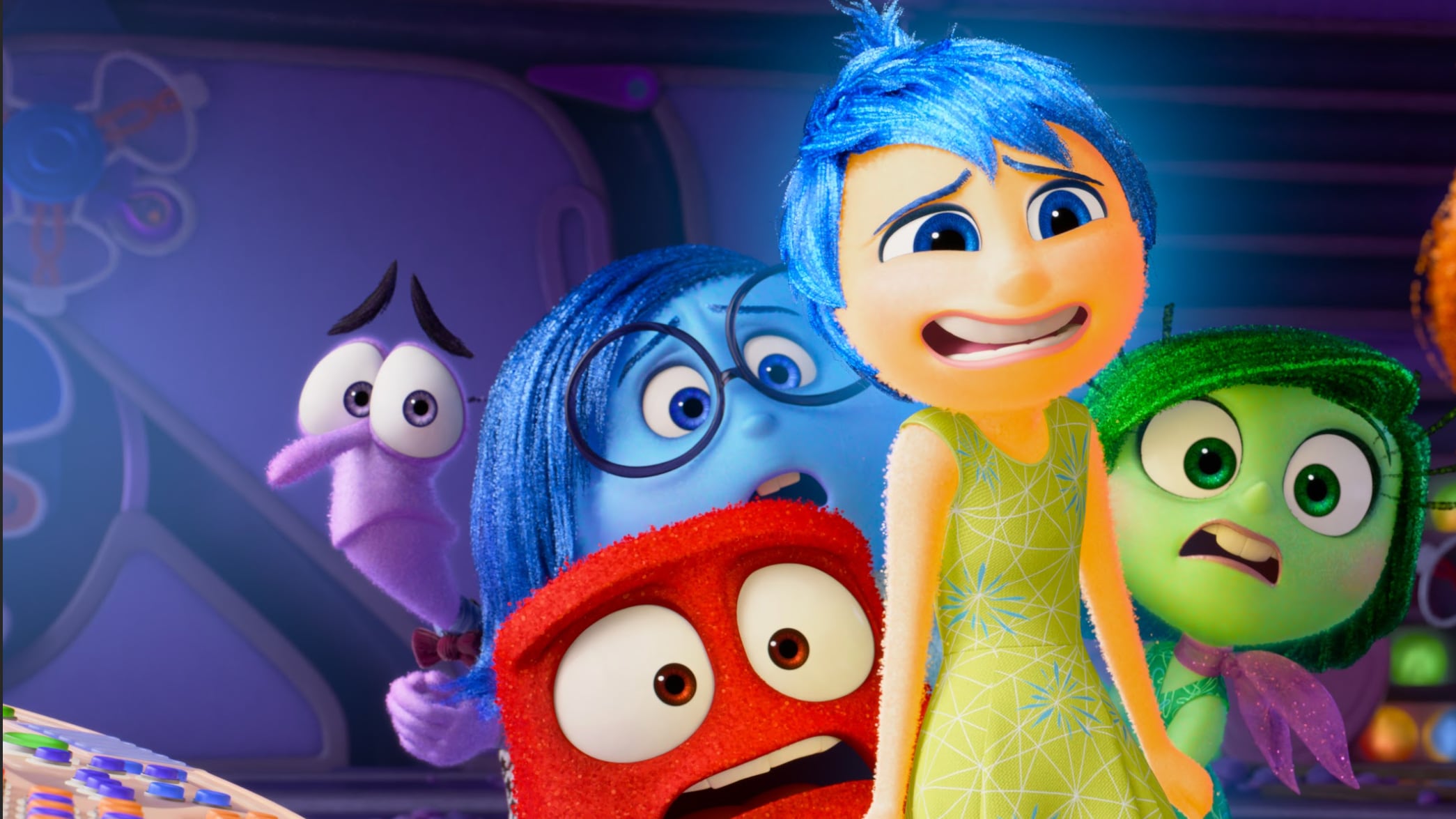In this movie, Tony Hale has replaced Bill Hader as the English voice of Fear. The plot follows teenager Riley (Kensington Tallman) trying to navigate the world of friends, school, and hockey with the help of her emotions, including Joy (Amy Poehler), Anger (Lewis Black), and Sadness (Phyllis Smith).
PUBLICIDAD
In this production, some new emotions have been introduced to accompany Riley's maturity (including Anxiety, played by Maya Hawke). To delve a little deeper into the evolving story, Hale sat down to talk about what makes "Inside Out 2" a perfect portrayal of emotional life for children and adults alike.
PUBLICIDAD
P: I heard you were a big fan of the first movie. How did you feel when they called you to participate in "Inside Out 2"?
Every time Pixar calls you, it's like a Pavlovian leap, or automatic. Every time you're invited to that party, it's very exciting. But the first movie was, and I say this very seriously, not only my favorite animated movie, it was practically one of my favorite movies of all time. The way Pixar has orchestrated emotional life and made it very accessible, that's a game changer because, obviously, we know that emotional life is very complex. Making it accessible for both adults and children is brilliant.
Q: What were your initial thoughts on portraying the character of Fear?
I have had a lot of experience in that, so I had a lot to draw from. My immediate question had more to do with the difference between fear and anxiety. How do they distinguish them... They said that anxiety is a perceived threat, while fear is a real threat. That made everything very clear to me.
And the voice acting in general is something outstanding, you are never really with the other cast members. You rely a lot on the director to keep giving you stories, and he has to play with different voices. He (Kelsey Mann) always said: okay, let's go higher or a little lower. It's a truly collaborative experience.
P: I have a question, since you are interpreting such a specific emotion, was there another level of something you had to do to represent that solely through your voice?
Yes, after having worked as a comedian for a long time, with comedy, a lot depended on my physical appearance, whether it was a side glance or appearing nervous. With voice-over work, when I started doing it, I had some anxiety, for lack of a better word, about getting into it and worrying about not being able to do it with just a microphone and without my body.
But then I learned to do the same performance in front of the microphone as I would in front of the camera, whether in "Toy Story" or in this movie, simply acting like a crazy person in front of the microphone hoping to convey that same energy to the character. And it's amazing. It's like you're doing theater for kids. It's super fun.
P: Another fun part of this movie is seeing the visual representation of emotions. I loved Nostalgia in this production. Were there any other characters that stood out to you in that way?
Wow... The first one, obviously Sadness. Seeing her state of sadness was always something very sweet. But with these new emotions, once again, the brilliance of Pixar, the fact that Anxiety comes with baggage is really cool, having that messy hair and being bright orange. Disgust is pink... I mean, every characteristic of each of them is so cool. And even the distinction between Disgust and Envy, I love it.
It is just a way for children and parents - and anyone - to see emotions from a different perspective. And besides that, just having compassion for emotions... Emotions are trying to help you, they are not against you. I know that when I was a teenager, I felt very lonely. There was this image of demolition entering the emotional world, ruining everything. And that's how I felt.
I thought, what happened to my body? Why are my senses so affected by things? I consider myself a nervous person, especially with that kind of stuff. And having a simple language, simple characters that only visually describe what is happening in the mind, is something that simply has not been done (before).
Q: What do you expect this sequel to bring to fans of the first movie and new fans?
I wish we had this movie a few years ago when my daughter was a teenager. I believe the feeling of children feeling seen is very important. But for adults, and specifically referring to parents, it's that feeling of, "oh, there's that character," like Boredom (Ennui). She sits and gets bored. When my daughter was on the couch, I would tell her, get up, get up. What's going on? I'm just realizing that it's part of the process.
She is trying to understand it, there are many things happening in their brains. They need to rest just to have that framework that allows them to be more tolerant with each other and with ourselves. But, again, the simple and brilliant way in which they expressed it in this animated form is a gift for all of us.
“Inside Out 2” premiered in theaters on June 14th.
